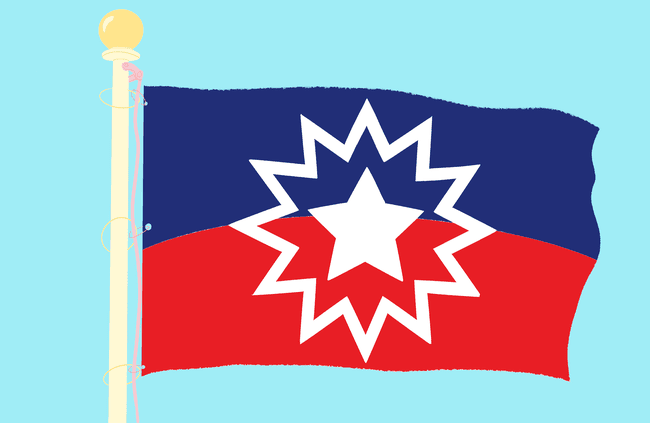Juneteenth (a combination of "June" and "nineteenth") is an annual celebration of the abolishment of slavery in the United States. Although Juneteenth officially became a federal holiday in June 2021, many Americans don't fully understand the importance of it. Here's a quick history lesson to share with your kids.
What Happened on June 19, 1865?
Approximately 250,000 enslaved Black people in Texas are toiling on plantations in stifling heat. Those doing the back-breaking work of picking cotton and tobacco look up over the fields to see a messenger approach on horseback. Some enslaved people are awakened by loud knocks on their shack's door with someone shouting the news. Wherever they hear it, the message is finally delivered: The Civil War has ended, General Robert E. Lee has surrendered, and they are free.
- RELATED: 5 Ways to Celebrate Juneteenth as a Family
In the days, weeks, and months that follow, the message is confirmed. Indeed, General Lee surrendered his Confederate troops to Ulysses S. Grant in April of that year, and the words of Union Major-General Gordon Granger are undoubtedly recited numerous times:
The people of Texas are informed that, in accordance with a proclamation from the Executive of the United States, all slaves are free.
The History of the Juneteenth Holiday
The Emancipation Proclamation, issued by President Abraham Lincoln in January 1863, declared freedom for enslaved people in Confederate states—but it didn’t actually free them all. That’s because the Emancipation Proclamation “only applied to places under Confederate control and not to slave-holding border states or rebel areas already under Union control,” according to History.com. The limited number of Union forces in Texas made the proclamation difficult to enforce there, so slavery continued in the state until Union soldiers came to Galveston on June 19, 1865.
- RELATED: 4 Little Things You Can Do to be Anti-Racist as a Family
Even though Black people weren’t seen as free immediately following the news, they remained steadfast at celebrating their freedom. Due to segregation and racism, massive outdoor parties were problematic. In 1872, defiantly and confidently, a group of Black community leaders in Texas contributed approximately $1000 to purchase 10 acres of land to have a place to commemorate the anniversary of their emancipation. They called it “Emancipation Park.”
This move, and others like it, bore more unyielding celebrations, all rich with tradition. Previously enslaved Black people couldn’t wait to peel off tattered garb and replace them with clothing that matched their worth—fancy dresses and dignified outfits. Barbecues were tantamount. The aromas of the food allowed celebrators to harken back to the meals ancestors once made. The drink of choice was always red—a social punch of Hibiscus tea and kola nut tea from West Africa became a staple, both having come to the Americas with the slave trade. These red drinks are known as a symbol of perseverance and resilience despite the blood shed and bondage endured by enslaved Black people.
Also, Juneteenth celebrations almost always had an education and self-improvement component. Respected elders wanted new generations to learn about the events of the past. Texas made Juneteenth an official state holiday in 1980, followed by several other states. Now it’s a federal holiday in America after a resolution passed by Congress. President Joe Biden signed the bill to make Juneteenth a federal holiday on June 17, 2021.

Juneteenth Flag and Colors
In 1920, a banner with horizontal red, green, and black stripes was declared the official flag representing Black liberation. Created by Marcus Garvey, the leader of the Pan-African movement, the flag represented unification and connection of Black people worldwide. Interpretation of the flag varies, but it is widely understood that the red stands for blood shed, black represents Black people, and green is for the natural fertility of Africa.
In recent years, another flag—this time brandishing the colors red, white, and blue—was introduced. The colors are the same as the American flag and symbolize that all enslaved people were Americans. The star in the middle pays homage to Texas, and its placement represents a new freedom and a new people on the horizon.
Learn More About the History of Juneteenth
